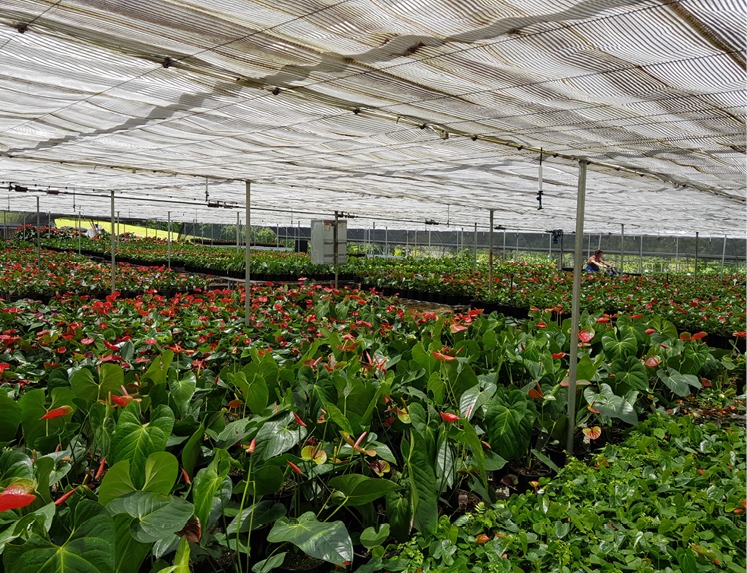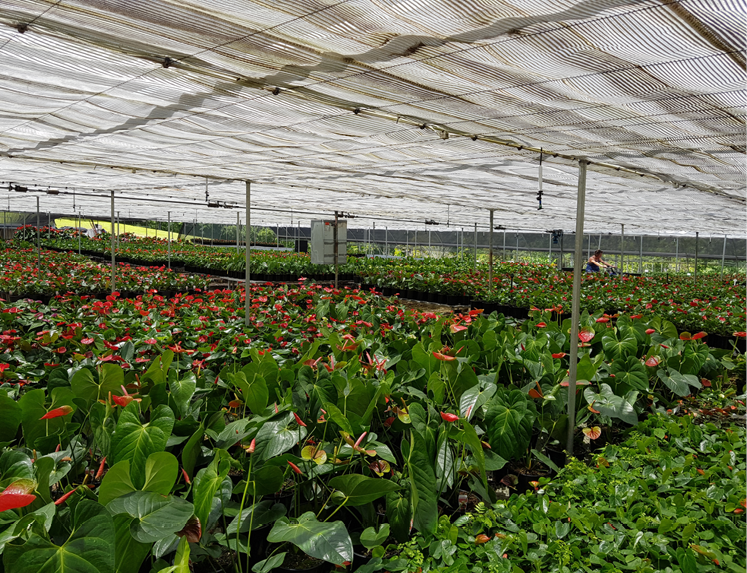Evolution of Tray Filling Machines
The concept of tray filling machines dates back to the industrial revolution, where mechanization began to replace manual labor in many sectors. Initially, simple mechanical devices were used to assist in the filling of trays, primarily in the food industry. These early machines were manually operated and lacked the precision and speed of modern counterparts.
With advancements in technology, tray filling machines evolved significantly. The integration of electronics and computer control systems in the late 20th century marked a turning point. Modern tray filling machines are now equipped with sophisticated sensors, automated controls, and advanced software, allowing for high-speed operation and exceptional accuracy.
Functionality of Tray Filling Machines
A tray filling machine primary function is to fill trays with a specified quantity of products efficiently. The process typically involves several steps:
Tray Loading: Empty trays are loaded into the machine either manually or through an automated conveyor system.
Product Feeding: The product to be filled is fed into the machine, which can handle various forms such as granules, liquids, powders, or solid pieces.
Filling: The machine dispenses the correct amount of product into each tray compartment using precise measurement mechanisms. This can involve volumetric filling, weight-based filling, or count-based filling, depending on the product type.
Sealing: Once filled, trays can be sealed if required, to ensure the product's integrity during transport and storage.
Output: Filled and sealed trays are then discharged from the machine, ready for packaging or further processing.
Modern tray filling machines are designed to handle a wide range of tray sizes and shapes, making them highly versatile. They can also be integrated with other packaging equipment such as labeling machines, capping machines, and conveyors, forming part of a comprehensive automated packaging line.
Benefits of Tray Filling Machines
The adoption of tray filling machines offers numerous benefits to manufacturers:
Increased Efficiency: Automation significantly reduces the time required to fill trays compared to manual methods, boosting production rates and allowing for higher output.
Enhanced Accuracy: Advanced sensors and control systems ensure that each tray is filled with the exact amount of product, minimizing waste and ensuring consistency.
Labor Savings: By automating the filling process, manufacturers can reduce the need for manual labor, leading to lower labor costs and reduced risk of human error.
Versatility: Modern tray filling machines can handle a diverse range of products and tray configurations, making them suitable for various industries, including food, pharmaceuticals, and cosmetics.
Quality Control: Automated systems often include quality control features that detect and reject trays that are improperly filled, Soil Mixer ensuring that only high-quality products reach the market.
Scalability: Tray filling machines can be scaled to match production needs, from small-scale operations to large industrial setups, providing flexibility as demand changes.






Comments